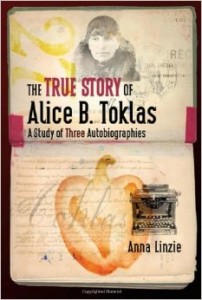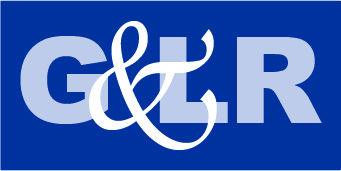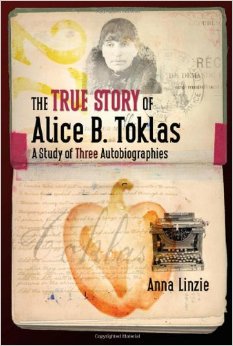 The True Story of Alice B. Toklas: A Study of Three Autobiographies
The True Story of Alice B. Toklas: A Study of Three Autobiographies
by Anna Linzie
University of Iowa Press. 230 pages, $34.95
WAS ALICE B. TOKLAS really the author of The Autobiography of Alice B. Toklas, which was supposedly written by Gertrude Stein? Did she prevail upon Stein to adopt a more accessible writing style—or quietly alter the style when she transcribed Stein’s handwritten manuscript—so that the couple would finally be able to cash in on a best seller, with a subsequent U.S. lecture tour? Why do Toklas’ typing exercises, made when she was getting used to a new typewriter and preserved at Yale’s Beinecke Library, demonstrate “the repetitive language that can be found in Stein’s published work”?
The True Story, which was written in 2004 as Anna Linzie’s doctoral thesis in the Department of English at Uppsala University in Sweden, thoroughly explores Toklas’ role in Stein’s works, along with other issues related to their literary collaboration, which Linzie believes was an integral and ongoing one. She argues that in Stein’s Autobiography and in two memoirs by Toklas, the two women sought to create a unified “lesbian autobiographical subject.”
The author re-acquaints us with Toklas’ charming memoir, What is Remembered (1963) and, in a close reading, compares it with both the Autobiography and The Alice B. Toklas Cook Book (1954). Though Linzie states that the latter “attracted little attention [and has attained]some underground fame as a lesbian cult classic,” it was in fact reprinted in 1984 and 1998. The Cook Book, which is sometimes best remembered for Beat writer Brion Gysin’s hash fudge recipe, remains a fascinating collection of gossipy recollections, separated by recipes. Unfortunately, Linzie never mentions Toklas’ other recipe book, Aromas and Flavors of Past and Present (1958, reprinted 1996), which includes comments and an introduction by Poppy Cannon (a fascinating woman in her own right—a 1950’s food columnist for popular women’s magazines who was in an interracial marriage with NAACP’s Chief Secretary Walter White). Aromas doesn’t have the between-recipe memories, but Cannon often quotes Toklas—accurately or not—at the beginning of the recipes.
The arguments are intriguing, but to read The True Story one must be willing to make one’s way through a good deal of academic and postmodernist jargon. When Jacques Derrida and Luce Irigaray appear in the first few pages of the introduction, we know this is not going to be a lighthearted romp in Gertrude and Alice’s salon! Also, at the risk of drawing an ad hominem conclusion, I would guess that Linzie is probably not a lesbian and does not live in the U.S., factors that could give the author an objective vantage point from which to write about an American lesbian, but which might also have contributed to the rather detached, bloodless tone of this book about two fascinating women.






